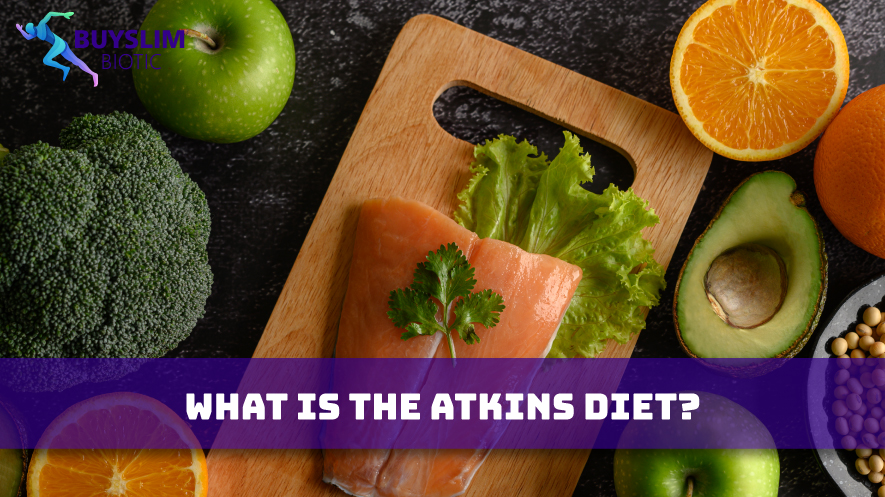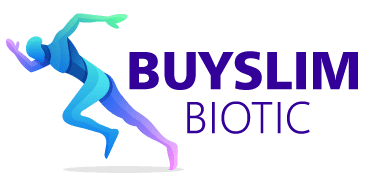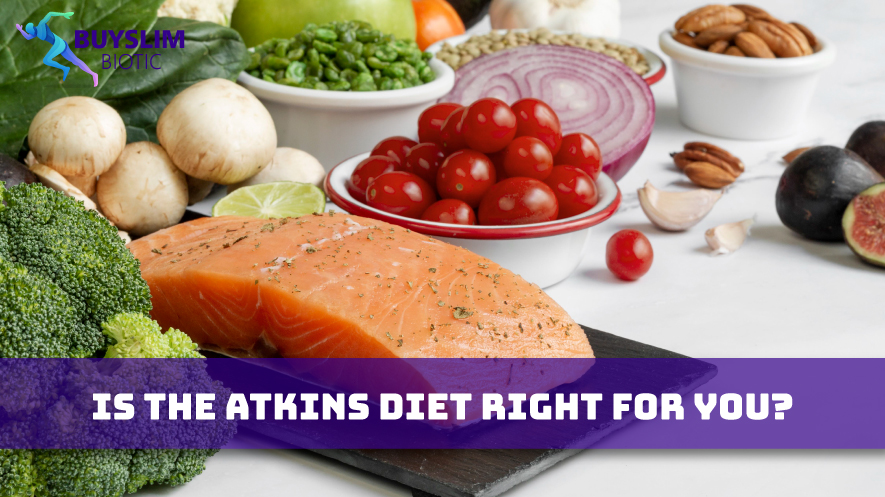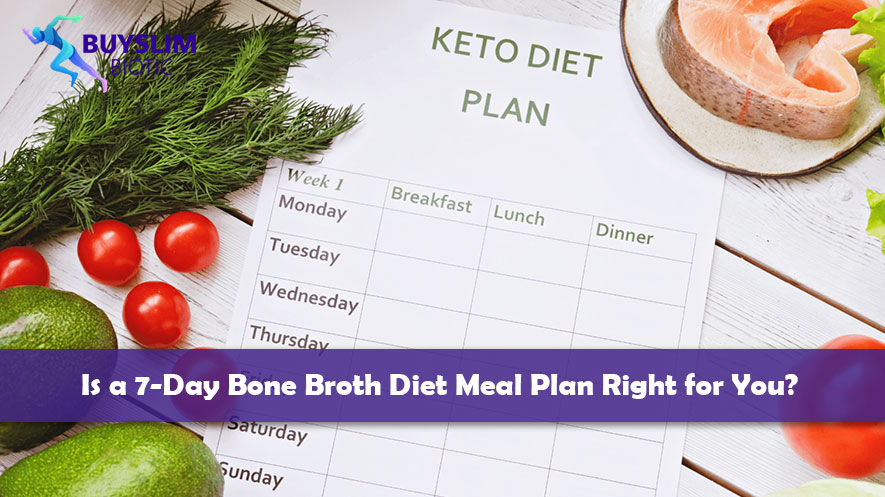The classic Atkins plan restricts many foods including fruits and whole grains, which are full of fiber and vitamins. These foods take longer to digest and can prevent weight loss.
You must count carbohydrates to follow this diet, which can be tedious. Additionally, the Atkins diet does not encourage a balanced eating pattern and may be unsustainable in the long term.
What is the Atkins Diet?
The Atkins diet is a low-carbohydrate diet that promotes weight loss and healthy eating. It is based on the idea that restricting carbohydrate intake causes your body to turn to stored fat for energy, rather than burning glucose from carbohydrates. This allows you to lose weight and can also improve your overall health, particularly if you have type 2 diabetes. Studies have shown that reducing carbohydrate consumption leads to better blood sugar control and reduces triglyceride levels in people with diabetes.
The original Atkins Diet is a four-phase program that starts with an induction phase, designed to rebalance your metabolism. During this phase, you limit your daily net carbohydrate intake to 20 grams or less per day from non-starchy vegetables and protein sources like fish, poultry and eggs. You can also eat unlimited amounts of fat from meats and dairy products, including butter, olive oil and mayonnaise. You can add fruits and legumes at the end of this phase to prevent nutrient deficiencies.
As you continue in the ongoing weight-loss phase, you experiment with various levels of carbohydrate intake until you find the one that works best for you. You can add in more fruits, vegetables and legumes as you approach your goal weight. During this phase, you can also replace some of the unhealthy saturated fats in your diet with healthier unsaturated fats like olive oil and nuts and seeds.
Many people report feeling energized on the Atkins diet because it eliminates cravings for carbohydrates. It also encourages you to eat more high-protein foods, such as fish, lean meats and dairy, which can help keep your hunger satisfied for longer periods of time. It can also be a challenge to eat out on the Atkins diet, so it’s important to plan ahead by bringing your own low-carb snacks or making substitutions when possible.
The Atkins diet can lead to short-term weight loss and improved blood sugar levels, but it is not considered a long-term solution for diabetes or heart disease. This type of diet can also result in vitamin and mineral deficiencies if you don’t eat enough whole grains, fruits and vegetables. Additionally, the Atkins diet can increase your levels of LDL “bad” cholesterol.

Why is the Atkins Diet popular?
Pros: The Atkins Diet offers the chance to lose a large amount of weight very quickly, which can be motivating for some people. It also eliminates the need to count calories, and many of the foods allowed are rich in protein and fat, which can keep you feeling full and satisfied. It also may reduce your risk of heart disease, high blood pressure and type 2 diabetes. Cons: It excludes many fruits, vegetables and whole grains, which are high in fiber and important nutrients, and it requires that you eat lots of processed meats, which can raise your risk for cancer and other health problems. Eating a low-carbohydrate diet can lead to electrolyte imbalances, kidney problems and dangerously low blood sugar.
It’s expensive: The Atkins Diet requires that you eat lots of food, including meat and cheese, which can be very costly. It also doesn’t allow any snacks other than fruit or nuts, which can be hard to afford.
Cons: It may cause unpleasant side effects such as bad breath, fatigue, weakness and constipation. These are due to the body burning stored fat for energy instead of glucose, a process called ketosis. It can take several weeks to reach this phase, and some people experience fatigue, headaches and nausea in the meantime.
In the long term: The Atkins Diet isn’t sustainable for most people in the long run, and a high-fat diet isn’t healthy. It also doesn’t encourage you to eat whole, unprocessed foods and doesn’t provide a good balance of vitamins and minerals.
Newer versions of the Atkins Diet may allow more carbohydrates and include a higher ratio of vegetables, which is a healthier alternative. Still, it’s important to consult a medical professional before making any major changes to your diet, especially if you have any preexisting conditions. A registered dietitian can help you develop a healthy eating plan that works for you. This could involve taking some of the good parts of the Atkins Diet, such as adding more fiber-rich vegetables and reducing the carbohydrate intake, while incorporating more healthy whole grains and choosing heart-healthy fats.
Is the Atkins Diet safe?
The Atkins Diet focuses on replacing processed, high-sugar and starchy foods with lean proteins, healthy fats (from nuts, fish, olive oil and avocados) and a lot of vegetables. The diet also helps control blood sugar levels and reduce insulin resistance by reducing the amount of carbohydrates eaten. Many studies have shown that this can improve diabetes symptoms, such as frequent urination, increased thirst, fatigue and hunger, according to the Atkins website.
In the initial phase of the Atkins Diet, known as Induction, you eat only 20 grams of net carbs a day for two weeks. After that, you can add 10 grams of carbs each week until you reach your target weight or a maintenance level. Some Atkins plans start with 40 or even 100 grams of net carbs a day and gradually add back in nutritious foods like whole grains and fruit.
Some low-carb diets are so restrictive that they cut out too many vitamins and minerals, which can lead to health problems including constipation and fatigue. But Atkins allows you to slowly reintroduce carbs and focuses on consuming fiber-rich vegetables, which are high in vitamins, minerals and phytochemicals.
It’s important to avoid eating too much protein and fat, as well. Both can contribute to heart disease. A diet too rich in protein may also increase your risk of kidney damage, osteoporosis and certain cancers, especially prostate, breast and colorectal cancer.
The Atkins Diet has not been tested in a large randomized controlled trial, which is the gold standard for evaluating the effectiveness of a new diet. But the diet is widely used, and it has been found to be effective in promoting weight loss.
A diet that focuses on processed foods, such as shakes and bars, isn’t healthy. They often contain added sweeteners, high-saturated fats and salt, which can wreak havoc on your body. Plus, they can be expensive. The Atkins Diet does recommend avoiding the processed trans fats found in commercially made spreads and other products, which have been linked to clogged arteries. It is also important to get enough potassium, which can be lost in the process of limiting sugary and processed carbohydrates.

Can I lose weight on the Atkins Diet?
Atkins is a low-carbohydrate diet, and it claims to be able to help you lose weight by forcing your body to burn fat for energy. The diet focuses on eating foods that are high in protein and fat, with vegetables, fruits and nuts providing a small amount of carbohydrates. The diet also discourages processed or packaged foods and sugary drinks.
The Atkins Diet has four phases, with phase one being the most restrictive and demanding. The first phase, called Induction, is intended to last for two weeks and restricts net carbs to 20 g per day. This means avoiding all but a few of the most nutrient-dense foods such as milk, yogurt, fruit and starchy vegetables, bread, pasta, rice and potatoes, cereals, biscuits, chocolate, crisps and fizzy drinks. Instead, the diet recommends eating eggs, meat and fish, cheese and full-fat dairy products, nut butters and oils, olive and vegetable salad dressings, mayonnaise and other spreads, along with premade Atkins-branded snacks and shakes.
In the second phase, called Ongoing Weight Loss, the amount of allowed net carbs is gradually increased while keeping your weight loss in check. During this phase, you will learn how many carbs you can safely consume and how to balance your meals without triggering weight gain. It is recommended to stick to this phase until you are within 10 pounds of your goal weight, which allows you to test your tolerance for previously forbidden foods such as berries, apples, bananas and legumes.
As you progress through the Ingoing Weight Loss and Ongoing Weight Loss phases, your body will eventually begin to produce its own natural insulin, which will help to keep blood sugar levels stable. At this point, you can slowly introduce more nutrient-rich foods such as whole grains and beans into your diet.
While the Atkins Diet can help you lose weight, it is important to speak with your doctor before attempting any type of diet. If you are diabetic or have any other health conditions, a low-carbohydrate diet like the Atkins Diet may be harmful. In addition, a diet that is too low in carbohydrates can lead to dehydration, cramping, fatigue and nutrient deficiencies.




